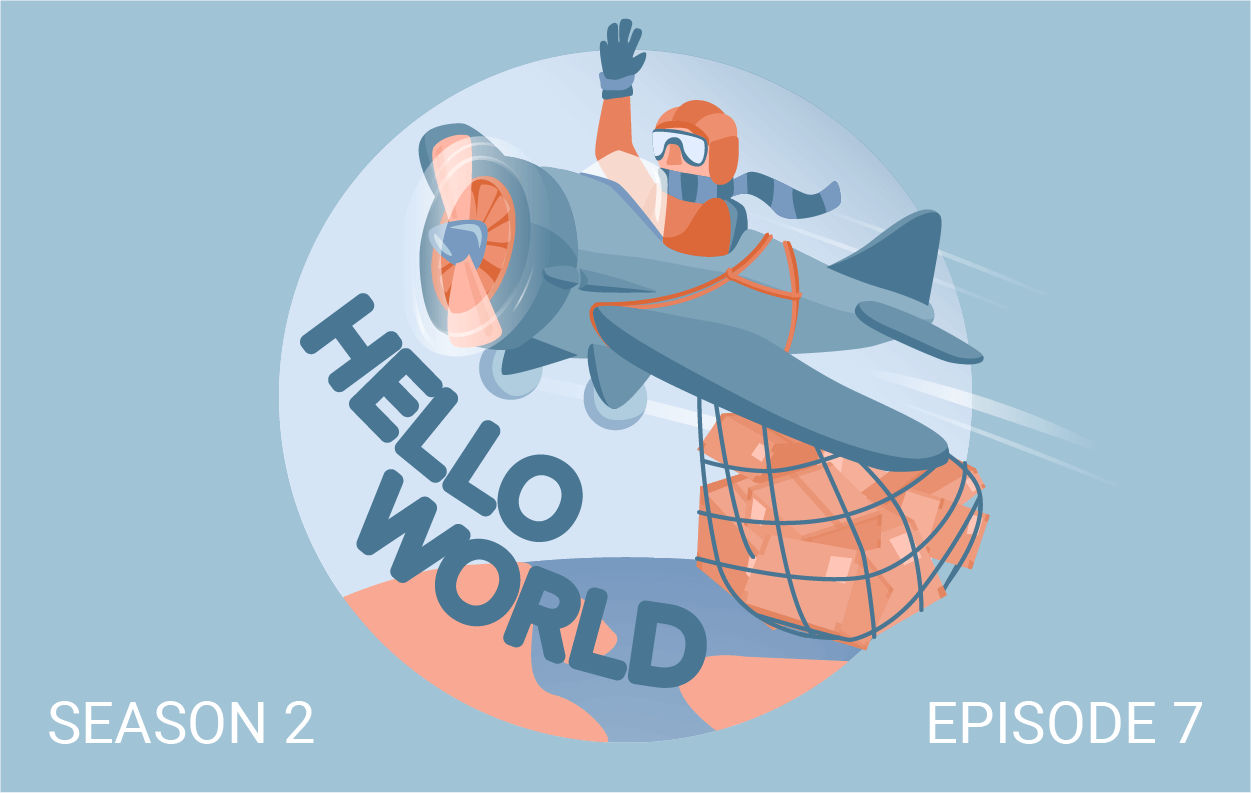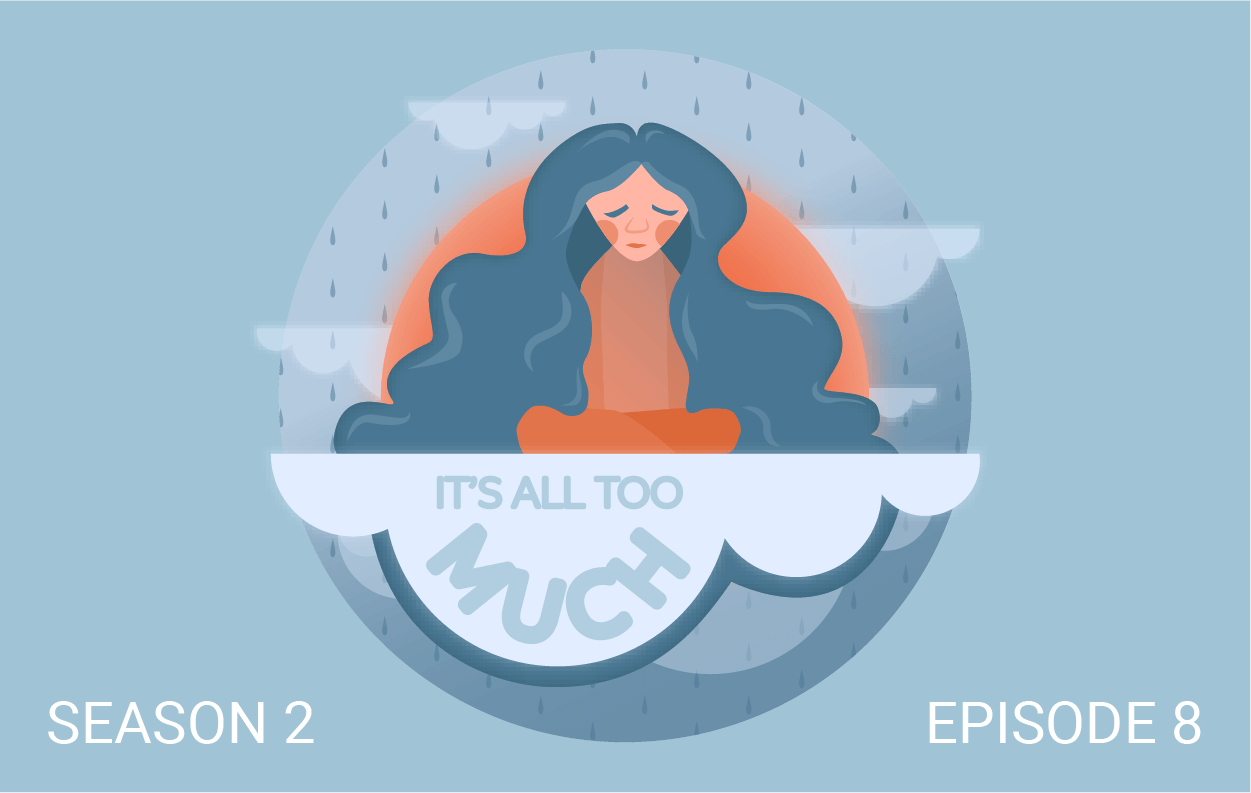
Raters and haters
How to respond to your reviewers
MAKING IT WORK PODCAST
Season 2 | Episode 6
When you're deciding which product to buy, online reviews are most people's first port of call. But what do small business owners think of the feedback?
From seeking out negative criticism to sending out thank you cards, we take a look at how you can use buyers' feedback to make long-lasting changes – and ultimately strengthen your relationship with customers.
So should you be taking that one-star review to heart? And how do dissatisfied customers react when you give them a call?
Listen now
SHOW NOTES
Learning to love your haters – how can you use bad reviews to your advantage?
Entrepreneurs – almost by definition – have big ideas, big dreams, and big ambitions. That doesn’t mean that they’re not capable of big mistakes that can cause big problems, though. But who’s going to point out the big (or small) flies in their ointment? Step forward the critics.
Criticism, even when it’s well-intentioned and well argued, is often anything but welcome. However, it’s a useful tool and for a small business, your critics can be an asset of equal value to your customers – and they’re often the same person.
Hard to hear
Two stars doth not a troll maketh. As a huge hardware supplier, SWISCO has its fair share of negative reviews. But CEO Paul Pallas is quick to pay attention to them, as painful as that process might be. “It's sometimes hard to read reviews, especially when they're negative. I feel very personal about them,” he says. “Why was this customer upset? You can't mark it off as ‘this customer is unreasonable, they don't know what they're talking about’. Those bad reviews sometimes are pointing out things that you can improve.”
Dahlia Rizk, the founder of Buckle Me Baby Coats, also feels Paul’s pain. But – “It all comes from really listening and setting aside your ego and that feeling that bubbles up when somebody says something negative.” She recognizes that it’s easy to hear people telling you the positive things, but when it comes to the negatives, her thoughts turn to how she can help that reviewer. “Even if they're not telling me in the best, most beautiful way.”
“I would cry… it would just hurt my feelings so bad.”
And once you’re featured on national TV, that criticism comes in thick and fast, and it’s not always reasonable. “I would cry,” says Casey Kelley, whose Blended Designs business makes backpacks featuring characters of color. “It would just hurt my feelings so bad.” When one caller was angry because they didn’t make a backpack that looked exactly like her daughter, “I still wanted to maintain my professionalism.”
Lessons in (tough) love
So there are ways of dealing with the pain of bad reviews, but if the lessons don’t stick, then pain’s the only outcome. Fortunately, that’s not generally the case.
“The minute you sell your first set of products,” says Manasi Gangan, “That feedback is so crucial.” Her Nested Bean business makes weighted sleepwear that helps babies who struggle to, well, sleep. It’s an unusual product, and customer feedback was essential in shaping it. “You're so eager to find out how the end customer is taking to your brand new idea, that one way or another you try to find it. We wanted to just keep receiving that feedback and iteratively changing our products and that was so crucial in the first first few months of the product, because your product also might require some edits, some changes.”
For Dahlia, the initial feedback regarding the price of her products led her to rethink her manufacturing and her sales model. “When I first started out, I was making the coats in the US and I was losing money.” The feedback was, in her own words, venomous. “You're ripping people off! You're just trying to take advantage of people's fears and steal their money! And then I realized, they want the coats but they feel like they're priced out of the coats. That's why they're angry, because it's something they feel like they need and they want, but they can't have.” This led to her offering split payments with no credit checks and zero interest. “I added some extra length to the sleeves, so they usually can use it for more than one year. I added a trade-up program so parents, once they have a coat, can then trade it in the next year and get a 20 dollar credit towards a new coat.”
Beware of the trolls
But – with the anonymity that online offers – there are inevitably going to be some people who are just in it for the trolling. “There will always be people,” says Casey. “There’s a profile on Instagram that has, I think, 16 million followers, and every now and then we'll run an ad with them. But with their ads, we have to be prepared, because the trolls will come out. They will say very negative things.”
But whilst Casey is careful not to respond to the comments and feed the trolls, Manasi has a more direct approach. “I've taught my team to not be reactive…” However: “I have actually picked up the phone, spoken to the mom on the other end, understood the problem and we have reassured them that we are gonna be including their feedback in the next product development round. And that – getting a call itself from a company's founder – changes their perspective, their attitude towards the problem.”
The entrepreneurs






Manasi Gangan






Dahlia Rizk






Casey Kelley






Paul Pallas
The stimulus-response model
Not everyone takes Manasi’s approach, but it’s fairly conventional wisdom that responding to feedback is important. “We will respond to every review we can,” says Paul – especially the negative ones. “Sometimes it's just a disgruntled customer: there is no real criticism. It could be a lost shipment. That just happens once in a while, but it's not really anybody's fault.” It’s a reminder that a negative review is sometimes also a lost opportunity. “They decided to go write a bad review instead of reaching out to us. If they reached out to us, we would have made it right.”
Casey found that an active offense is the best defense, albeit in a manner that’s anything but offensive. “Every single customer, the first time they order from us, they get a personal message that comes from me and my husband, and it's thanking them for supporting our business. We get thank you messages for a thank you message, because people want to feel appreciated.” It’s an approach that resonates, but when a product has a period of runaway success, it’s not the easiest to stick to. “We try to answer every email within 24 hours. It gets a little bit difficult when that heavy volume hits – we have someone that's responding to social media comments consistently.”
In the loop
Of course, social media is a fairly recent evolution, and it’s a reminder that new channels and modes of communication are emerging on a seemingly daily basis – and blurring the lines between retailers and customers. SWISCO, for example, has a YouTube channel that is only partly a sales mechanism. “It provides a creative outlet for our team,” says Paul. “And what's great about these videos is that they are basically the most requested questions that our customer service department receives. So, when we receive these inquiries in the future, we have a great video to show them. And customers love it.”
Casey estimates that about 80% of the content on her social media channels is UGC – user-generated content. “We post our community of people wearing our products. We don't have models. We want real life, real kids going to school every day.” It’s a mixture of inspiration and aspiration. “There was a kid whose mom shared a post for career day, where the kids dressed up like a doctor and had our backpack that says ‘I can do anything’.”
That goes beyond the expected notion of customer service – and that’s no bad thing. “That's who we are. We want our kids to be able to believe that you can be a doctor, you can do anything. And so that's the message, and we want it to resonate in our social media. And it's always been that way.”
Listen to the episode
More episodes



Going global: Is it worth selling your products
outside the US?
If you're only selling in the US, you're missing out on a market of seven billion people. But what does it actually mean to ‘go global’? Let's talk to four small business owners about the rewards and challenges – and why you might just want to stick with Canada.



You’re not alone: The entrepreneurs discuss
struggles with mental health
Some things are not easy to talk about. But that can make the conversation all the more important. We're talking to the Making It Work entrepreneurs about mental health, their struggles with it and the steps they've taken to confront it.